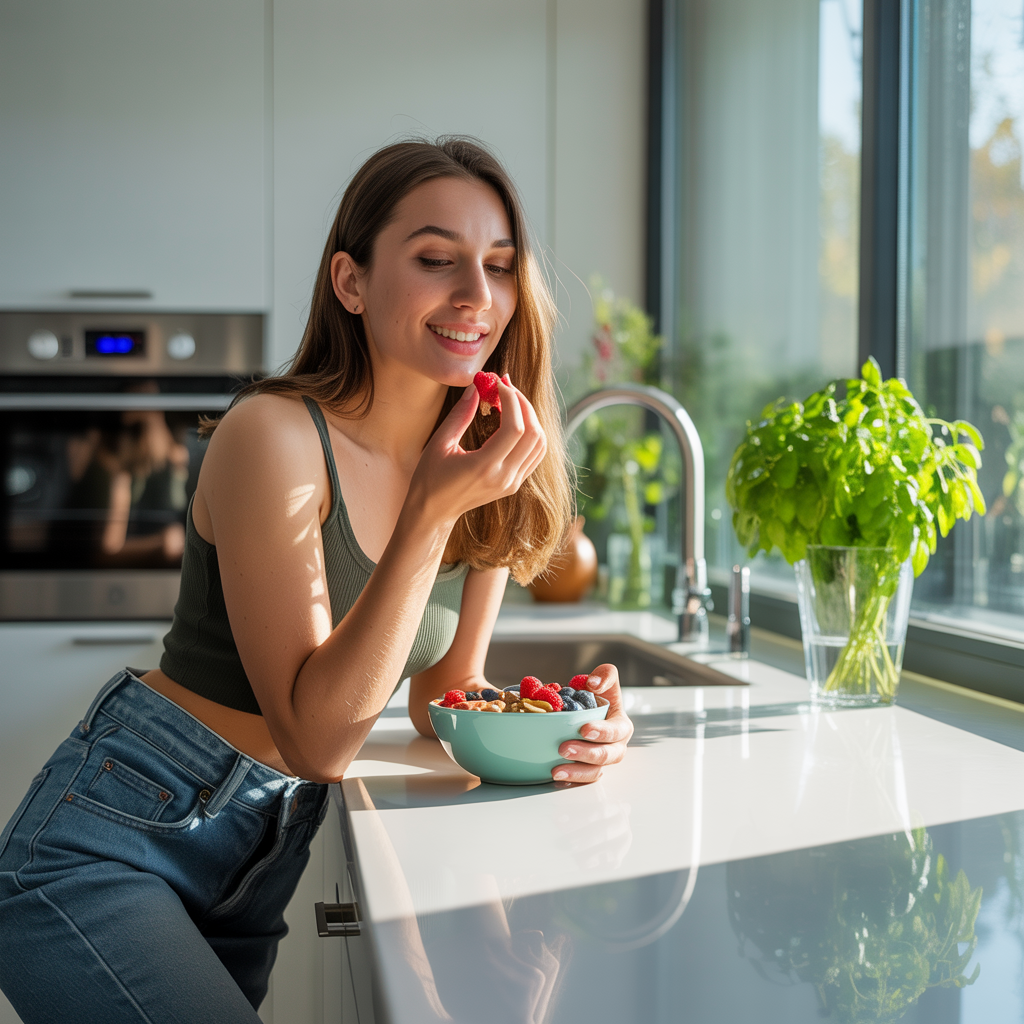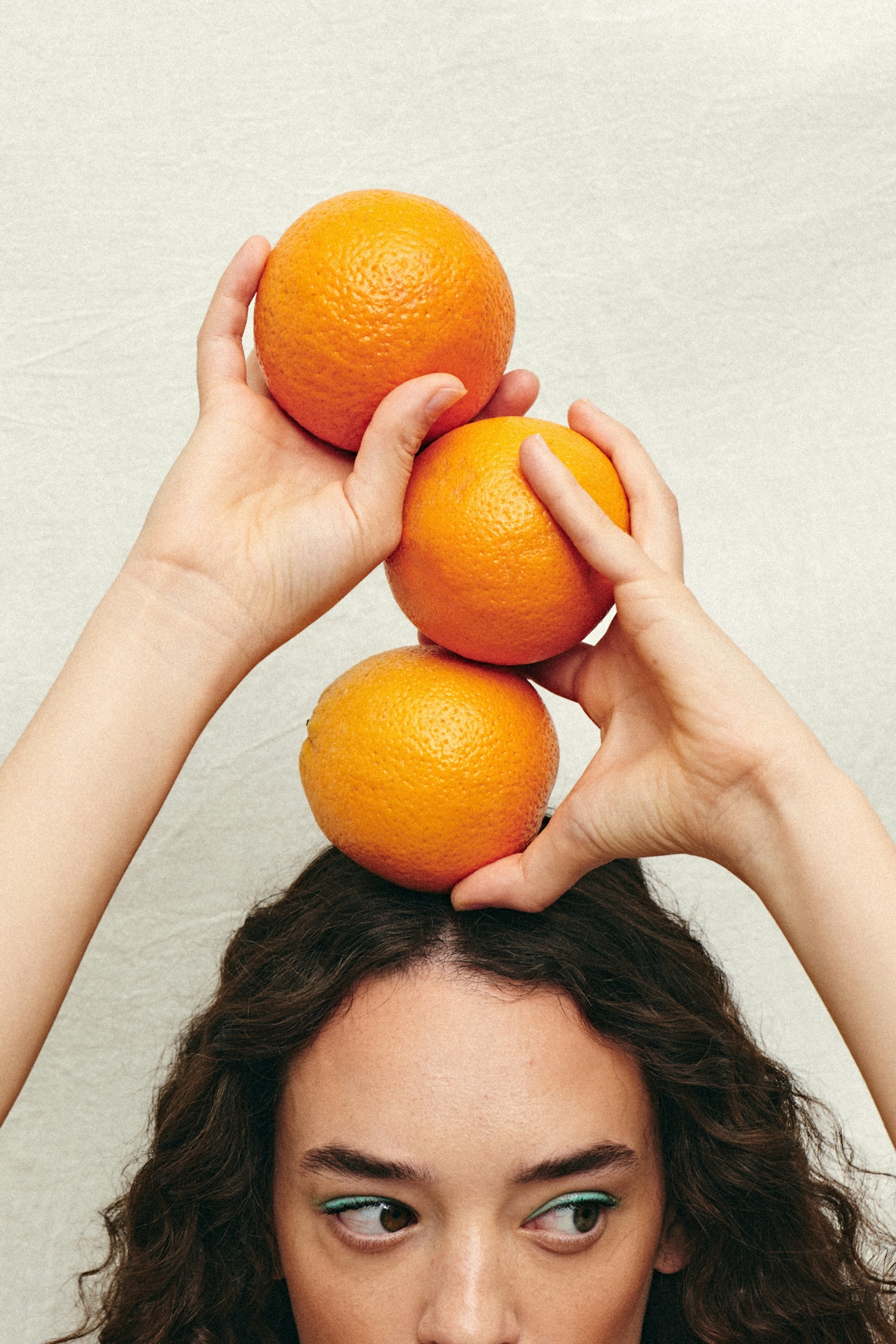When you’re trying to lose weight or simply eat more healthfully, snacks often pose a challenge. You want something satisfying, flavorful, and convenient — yet low in calories, nutrient-dense, and able to sustain you until the next meal. In this guide, we’ll dive deep into the world of low calorie snacks: what makes a snack “low calorie,” tips for choosing smart snacks, a long list of ideas, and sample snack plans. Along the way, I’ll also link to helpful deeper articles from OneLeaf’s Journal and the OneLeaf weight loss site to add context, strategy, and support.
What Defines a “Low Calorie Snack”?
A low calorie snack generally contains 100-200 calories or fewer, depending on your daily calorie goals and activity level. But calories aren’t everything — you also want:
- Satiety (protein, fiber, healthy fat)
- Micronutrients (vitamins, minerals)
- Portion control
- Ease of preparation or portability
A snack like raw vegetables with hummus, a small container of Greek yogurt, or an apple plus a few nuts can often deliver more satisfaction (and nutrition) per calorie than an ultra-processed “diet” bar.

Why Low Calorie Snacks Matter
Here are a few reasons to include smart, low calorie snacks in your eating plan:
- Prevent hunger-driven overeating — if you wait too long between meals, hunger can lead to impulsive, calorie-dense choices.
- Stabilize energy levels and blood sugar — snacks with protein, fiber, or healthy fat help reduce spikes and crashes.
- Nutrient boost — well-chosen snacks add vitamins, minerals, antioxidants.
- Support adherence — having healthy snacks you enjoy makes it easier to stick to your diet.
In fact, OneLeaf’s article on “10 tips for resisting temptation and overcoming cravings” encourages readers to “keep healthy snacks on hand: nutritious, low-calorie snacks such as fruit, vegetables, yogurt or nuts.” Oneleaf
Also, integrating snacks into your meal plan supports consistency — see how Meal Prep for Weight Loss helps plan for better snacking and fewer impulse bites. Oneleaf
Key Nutrients that Help with Satiety & Why They Matter
When choosing low calorie snacks, watch not only calories but macronutrients and fiber:

When snack choices combine these elements, they feel more satisfying and less “empty calorie.”
50+ Low Calorie Snack Ideas
Here is a wide-ranging list of snacks you can mix and match depending on your preferences, availability, and nutrition goals. (Calories are approximate — check packaging or use a nutrition tool for precise values.)
Vegetables & Veggie-Based Snacks
- Carrot sticks + 2 tbsp hummus (~80–100 kcal)
- Celery sticks + 1 tbsp peanut butter or almond butter (~90–120 kcal)
- Cucumber slices + tzatziki or light cottage cheese
- Bell pepper strips + salsa or bean dip
- Cherry tomatoes + 1 string cheese (light)
- Steamed edamame (½ cup)
- Snap peas or snow peas
- Roasted seaweed snacks
- Zucchini or jicama sticks
Fruits & Fruit-Based Snacks
- Apple (medium) + 5–6 almonds
- Half a banana + 1 tbsp nut butter
- Berries (strawberries, blueberries, raspberries) — often ~30–60 kcal per cup
- Orange or clementine
- Half a grapefruit
- Frozen grapes as a popsicle-like treat
- Melon cubes
OneLeaf has a good illustrative page on “Calories in strawberries: A sweet addition to your weight loss journey” — which underscores how low-calorie fruits can satisfy sweet cravings.
Dairy & Dairy-Alternative Snacks
- Plain Greek yogurt (nonfat or low-fat, ~100 g) + cinnamon or berries
- Skyr or Icelandic yogurt
- Cottage cheese (low-fat) + sliced cucumber or herbs
- Half a cup light ricotta with a drizzle of honey
- Sugar-free Greek yogurt + 1 tbsp chopped walnuts
Protein-Based Snacks
- Hard-boiled egg or egg whites
- Tuna pouch (in water) on cucumber slices or whole-wheat cracker
- Turkey or chicken breast roll-up
- Turkey jerky or beef jerky (watch sodium and portion)
- Canned salmon on a rice cake or cucumber slice
- Protein shake (low-calorie formula, ~100 cal)
Nuts, Seeds & Healthy Fats (in small portions)
- 10–12 almonds or 8–10 cashews
- 1 tablespoon pumpkin seeds or sunflower seeds
- 1 tsp chia seeds in water or yogurt
- 1 tbsp nut butter on celery or apple slices
- Half an avocado + salt/pepper or lemon juice
Whole Grains & Airy Snacks
- Air-popped popcorn (3 cups) (~ 90–100 kcal)
- Rice cakes (light) topped with low-fat topping
- Oatmeal (½ cup cooked) with cinnamon
- Whole-grain crispbread + low-fat cheese or cottage cheese
- Homemade oatmeal cookie or bar (with controlled sweeteners and portion)
Light Treats & Dessert-Style Snacks
- Sugar-free gelatin + fresh fruit
- Frozen yogurt bark with berries
- Dark chocolate square (70%+), thin
- Protein mug cake (microwave, small portion)
- Greek yogurt with stevia and berries
- Baked apple slices with cinnamon
Hydrating / Liquid Snacks
- Unsweetened iced tea + lemon
- Vegetable soup (clear broth base, minimal fat)
- Smoothie (low-calorie formula + spinach/greens + berries)
- Infused water + slices of fruit/herbs
Tip: combining two light items (e.g. veggies + yogurt dip, fruit + nuts) often delivers more satisfaction per calorie.

How to Build Your Snack Plan & Timing
Here are strategies and a sample schedule to integrate low calorie snacks effectively.
Timing & Frequency
- Mid-morning and mid-afternoon snacks are common spots to place them.
- Don’t wait until you’re starving — hunger blinds judgment.
- If your meals are small or spaced, you might need three small snacks rather than just one.
- Adjust based on activity (e.g. pre/post-workout) — you might need slightly more protein or calories then.
How Much to Eat
- Estimate your target snack calorie (e.g. 100–150 kcal).
- Use measuring tools (spoons, cups) until you learn visual portions.
- Listen to fullness cues — leave a little “headroom.”
Sample Snack Schedule

You can mix and match based on your hunger, schedule, and preferences.
Tips to Maximize the Effect of Low Calorie Snacking
- Pre-portion your snacks — don’t eat from bulk containers.
- Combine macronutrients — protein + fiber or healthy fat yields more satisfaction.
- Hydrate first — thirst can masquerade as hunger.
- Chew slowly — it gives your brain time to register fullness.
- Rotate variety — avoid boredom by rotating fruits, veggies, and flavors.
- Mind your environment — keep tempting high-calorie snacks out of reach.
- Use guided support — OneLeaf’s self-hypnosis programs can help with cravings and snack control (link below).
Strategy, Psychology & Behavior: Deeper Reading
To complement your snack plan and support your mindset, here are helpful links to further reading and resources:
From OneLeaf Journal (internal):
- 10 tips for resisting temptation and overcoming cravings — includes recommendations to “keep healthy snacks on hand.” Oneleaf
- High Fiber Foods for Weight Loss: Complete Guide — explains which fiber-rich foods help you eat more volume for fewer calories. Oneleaf
- Meal Prep for Weight Loss: Top 5 Reasons To Try It — support for prepping healthy snacks ahead of time. Oneleaf
- A dietitian’s advice on how to lose weight in a healthy and positive way — includes ideas for substituting healthier snack options. Oneleaf
Common Questions & Troubleshooting
Q: Won’t snacking more often add too many calories?
A: Only if you pick high-calorie options or oversized portions. With disciplined, nutrient-rich, low-calorie choices, snacks can support your total daily energy balance rather than sabotage it.
Q: What if I don’t feel full after my snack?
A: Add a dash of protein or fiber (e.g. Greek yogurt instead of plain fruit). Also drink water and slow down your eating.
Q: How do I handle cravings for sweets or salty snacks?
A: Use a “mini swap” approach — e.g. dark chocolate square, frozen berries, lightly salted roasted chickpeas (small portion), or flavored air-popped popcorn.
Q: Are “diet” or “low-calorie” packaged snacks okay?
A: Use cautiously. Always check ingredient lists — many include sugar alcohols, artificial sweeteners, or additives that may provoke cravings. Whole-food options are generally safer in the long run.
Conclusion
Low calorie snacking doesn’t have to feel like deprivation. By choosing foods that pack protein, fiber, volume, and flavor — and by planning ahead — you can satisfy hunger, stabilize energy, and stay aligned with your goals. Use the internal OneLeaf links for deeper support on cravings, fiber, meal prep, and dietitian advice. And don’t forget to connect readers to the OneLeaf weight loss pages for additional program support.
If you want, I can format this article for web (with SEO headings, meta description, internal/external linking structure) and send you a version ready to upload. Would you like me to do that next?
















